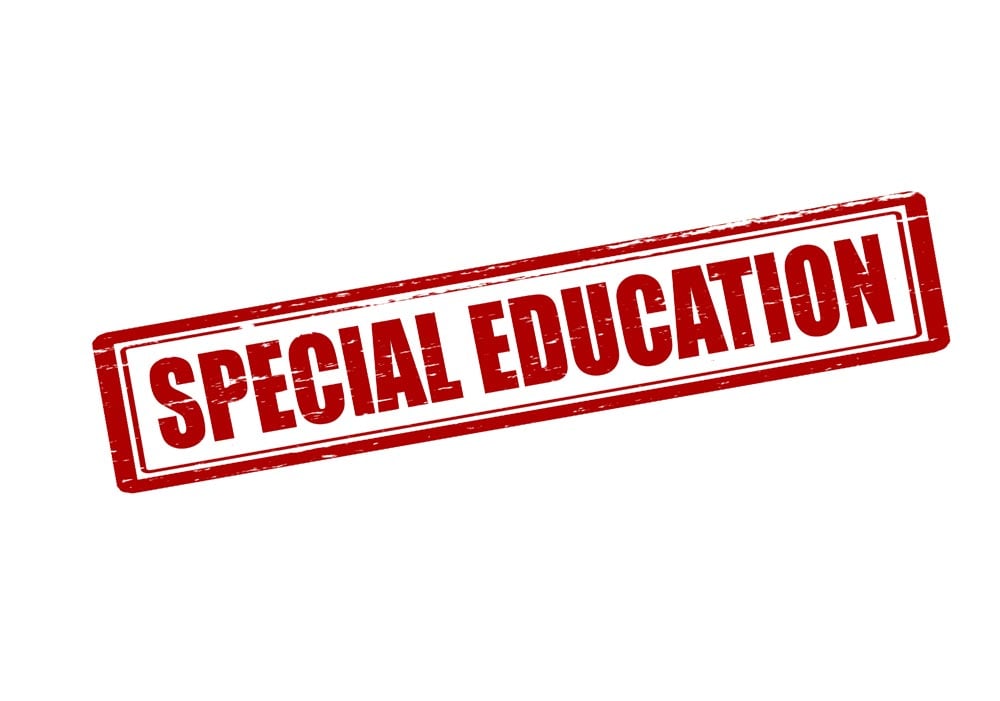 Here are ten exercises to help elementary students with the development of fine motor skills and writing control.
Here are ten exercises to help elementary students with the development of fine motor skills and writing control.
Items needed: putty, 10 pennies, index cards, 10 paperclips, pencil, paper, margarine tub
1. Roll putty into a snake. Pull off 10 pieces. Roll each piece into a small ball using thumb and 2 fingers. No cheating by using the table or other hand!
2. Flatten all putty pieces and roll into a large ball. Rotate this ball in your fingertips (like the earth rotating on it’s axis – repeat for 30 seconds each direction).
3. Line up 10 pennies on the desktop. Flip them over quickly from left to right and return back to the left side.
4. Put away the 10 pennies by picking up 3 and storing them in your hand by trapping them with your little finger. A 3 1/2 year old can do this. Then rotate each coin singly out to your pinch and place the penny into the slot of the margarine tub. Repeat until all pennies are stored in the bank. If 3 are easy, try holding 4 at a time.
5. Write 10 letters or numbers along the borders of an index card. We want to challenge our student by having them quickly place a paperclip onto the correct letter or number, in sequence.
6. Make an “OK” sign with your thumb and index finger. Link your fingers with a partner and play 5 tug-of-war games.
7. Play dice games. Cupping the hand is very important to build the arches of the palm.
8. Fingerspell the alphabet, having students practice their name, as a motor planning activity.
9. Hold a pencil in your best writing grip and walk your tripod up and down the length of the pencil.
10. Place 10 dots across a piece of paper. Quickly make a circle around each dot. Check your work for ovals. We want to develop greater distal control to form circles quickly.
* For younger students that are struggling with directionality of letters, use a tracing method where the student goes over your printing with a changeable marker. This is usually motivating. For the older student, try using a yellow or blue highlighter and let the student trace with this pencil.
** For difficulty learning spacing, give a visual cue by underlining 4 spaces per writing line, with a yellow highlighter. You will give your student a concrete place to put the words. Fade the spaces after one month and reassess.
Written by: Editorial Team, My Learning Springboard, Inc. By Marcia Brown Rubinstein
By Marcia Brown Rubinstein As early childhood teachers we often tell parents, particularly before their child is conventionally reading on their own, that the best thing that parent can do is read TO their child. For many families, this may seem obvious and they have been doing this since their child was a toddler, if not before.
As early childhood teachers we often tell parents, particularly before their child is conventionally reading on their own, that the best thing that parent can do is read TO their child. For many families, this may seem obvious and they have been doing this since their child was a toddler, if not before. It’s cliché but true: a great teacher can change your life. In college, I majored in economics, a discipline which attracts me because it provides a rigorous quantitative framework that can be applied to examine any type of social or political problem. But on a whim in my junior year of college, I switched out of a mathematical economics class and into a class about King Arthur, Robin Hood, and Joan of Arc. The professor had an excellent reputation, and I’d always loved reading. At the time, I felt that equations were valuable, but on their own, they didn’t always spark my interest.
It’s cliché but true: a great teacher can change your life. In college, I majored in economics, a discipline which attracts me because it provides a rigorous quantitative framework that can be applied to examine any type of social or political problem. But on a whim in my junior year of college, I switched out of a mathematical economics class and into a class about King Arthur, Robin Hood, and Joan of Arc. The professor had an excellent reputation, and I’d always loved reading. At the time, I felt that equations were valuable, but on their own, they didn’t always spark my interest.